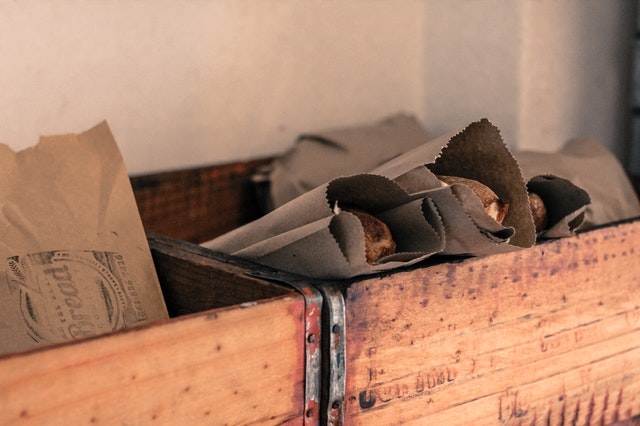Food has a unique way of speaking to people… and people love to eat. The act of eating is so central to human existence that whole traditions and cultures are based around food and food preparation. The interesting part is that taste is just one part of the experience. The sounds, the smells and the look of the food are incredibly important, sometimes even more so than the flavor itself.
According to Collette from Picture Perfect Photo “When you are designing food packaging, you need to be able to convey, in a split-second, with one image, exactly why the consumer should stop what they are doing and buy that food product, right now.” Can that be done? How can you relay the quality of food, the style of cooking and what makes your product unique all on one package? What are the keys to food packaging photography that speaks to consumers?
5 Tips for Food Packaging Photography
- Understand what your brand and packaging are trying to communicate.
Food packaging is a brands way of communicating to consumers why they should buy their product. To understand how to properly shoot their food you need to understand what the brand stands for. Are they a high-end, top-of-the-line food product or are they a bargain buy, discount brand? For example, a package of value-branded burgers may have a plain photo of a cooked patty on the packaging, to showcase the patty itself. A more expensive and higher quality burger may have a fully dressed burger sitting on a hardwood bar, highlighting the patty but also connecting it to a high-end, steakhouse-type of environment
- Have more food than you think you will need for your shoot.
Taking photos of food always seems to take longer than you think and you don’t want to be caught without enough food. Are you taking shots of fresh fruit? Get 2x more than you think you will need. Are the photos of a freshly prepared dish? Make 3 or 4 of those dishes to give yourself options to switch up your photos with new meals. Bringing more than you think you need is the best way of avoiding the possibility of running out mid-shoot.
- Use the lighting and the background to share aspects of the food and brand.
Just like with the high-end burger, what you have in the background can change the way your photos are interpreted by consumers. For example, organic and natural brands are often photographed with natural backgrounds or in nature settings to accentuate their natural feel and look.
- Consider using food and liquid substitutes to get better quality photos.
This isn’t a necessity at all times but occasionally, food or liquid substitutes create a better shot. Milk is a commonly used example of this because glue is often used to produce more appealing looking photos than actual milk.
- Use a food stylist.
Albert Einstein once said, “The important thing is to keep the important thing, the important thing.” That’s great advice. The “important thing” for a photographer is to get the shot that communicates the message. A food stylists “thing” is to get you food that is worth photographing. That is why it is worth it to collaborate with a food stylist to get the best-looking food for your food packaging.
Food Packaging Photography That Sells
Food packaging is a crucial tool that brands use to share their message and promote their products. By following these tips, you can make sure that you deliver images that speak the desired message loud and clear.









Leave a Reply